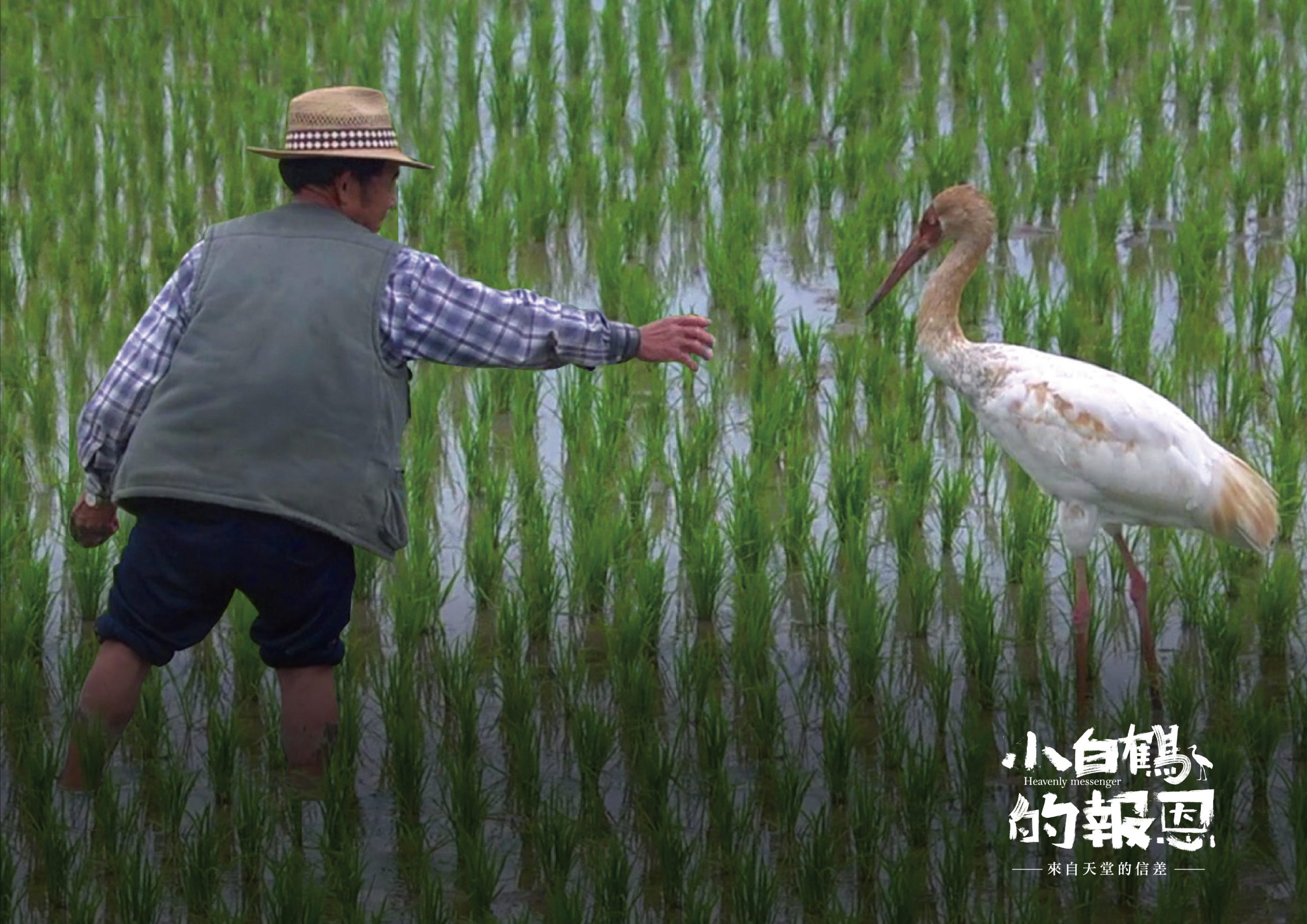The Siberian white crane is a class 1 critically endangered animal listed in the IUCN Red List. Every winter the cranes fly to Poyang Lake, located in Jiangxi Province, but since the construction of the Three Gorges Dam their habitat has disappeared. There are now less than 4,000 white cranes in the world.
These beautiful creatures that are born in Russia have never visited Taiwan in the past. However, in 2014, a Siberian white crane crossed 6,000 miles and landed in the Qingshui Wetlands. This was the inspiration for the documentary Heavenly Messenger.
No one expected that the 521 days the lost white crane spent in Taiwan would be printed on the front page of the New York Times, Japan Times, and Siberian Times. The documentary won the Best Directing for Non-Drama Programme and Best Editing awards at the 53rd Golden Bell Awards, giving the wetlands a new lease on life.
What are the challenges of building a sustainable and suitable business model for Jinshan Qingshui Wetlands? Is the local community accepting of programs promoted by foreign NGOs? The arrival of the white crane has brought fame and money to the local community. However, when the white crane leaves, how do we maintain the efforts towards eco-friendly farming? What is a good economy in Satoyama? How do we develop a good economy?
This episode invites the promoter of the Jinshan Initiative and director of Satoyama Taiwan documentary, Deputy CEO Chu Ming-Yuan of Spring Thunder Environmental Society to share about how Satoyama developed a good economy.
Podcast on demand




 中
中